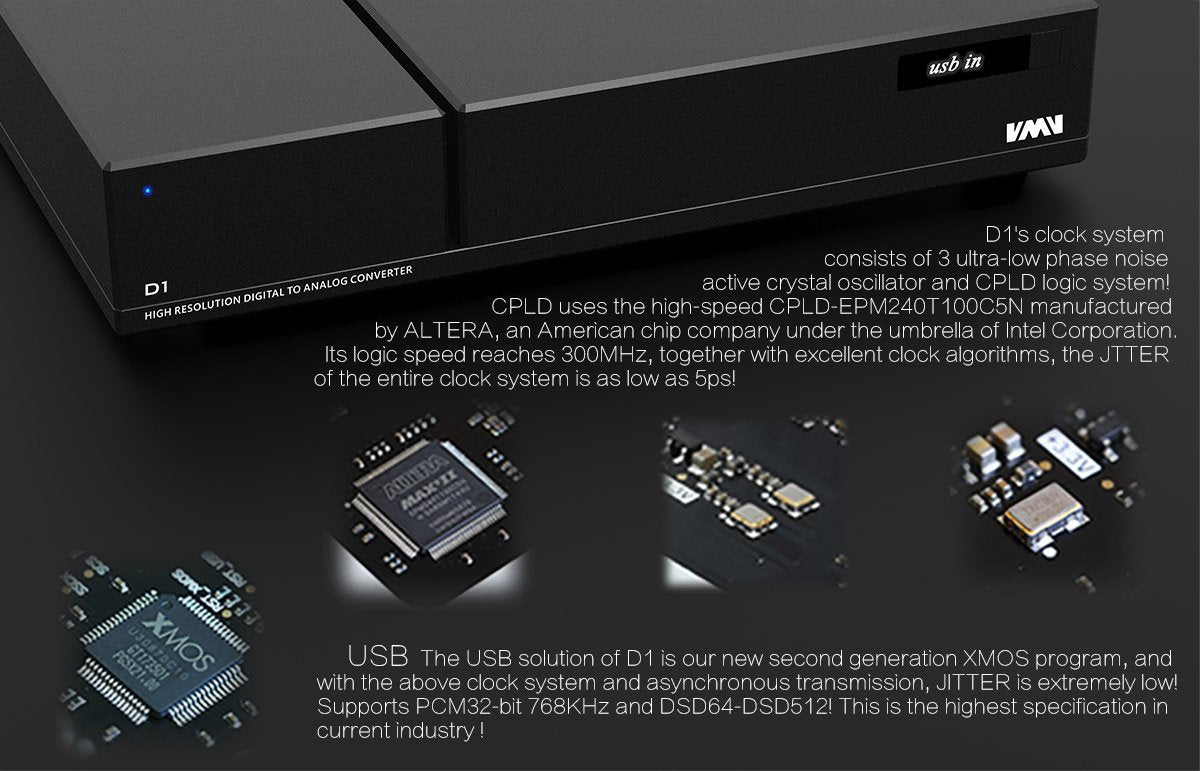Mat
Member
- Joined
- Oct 30, 2021
- Messages
- 69
- Likes
- 37
Or maybe I should have named this thread "fixed vs DIR block" clock, but my question is which is the technically superior option to select?
On my SMSL D1, there are options for Async ("Master Clock fixed to 100Mhz") and Sync ("Master Clock comes from the DIR block" on the dac chip). With one jittery SPDIF source, Async is unlistenable and it can't hold a lock (similar to how Topping dacs behaved), but on another streamer (which doesn't measure like crap) both options work - but which is preferred? (all things being equal)
On the face of things the names sound reversed, with sync instead buffering the source through the DIR block and cleaning it up, while async is just running the source clock as is. Does that make Sync superior, or should Async be used and avoid the DIR block if possible?
On my SMSL D1, there are options for Async ("Master Clock fixed to 100Mhz") and Sync ("Master Clock comes from the DIR block" on the dac chip). With one jittery SPDIF source, Async is unlistenable and it can't hold a lock (similar to how Topping dacs behaved), but on another streamer (which doesn't measure like crap) both options work - but which is preferred? (all things being equal)
On the face of things the names sound reversed, with sync instead buffering the source through the DIR block and cleaning it up, while async is just running the source clock as is. Does that make Sync superior, or should Async be used and avoid the DIR block if possible?


